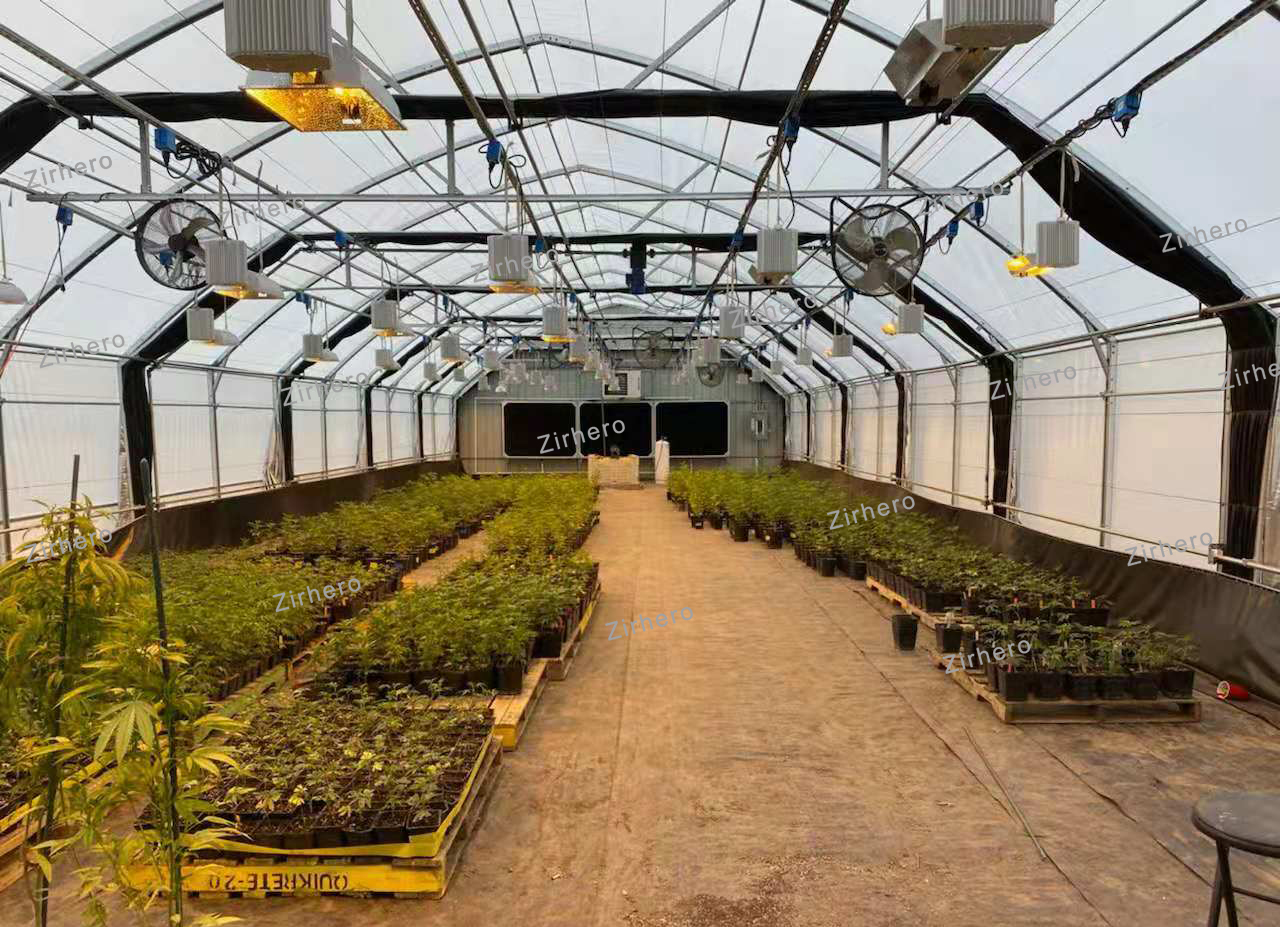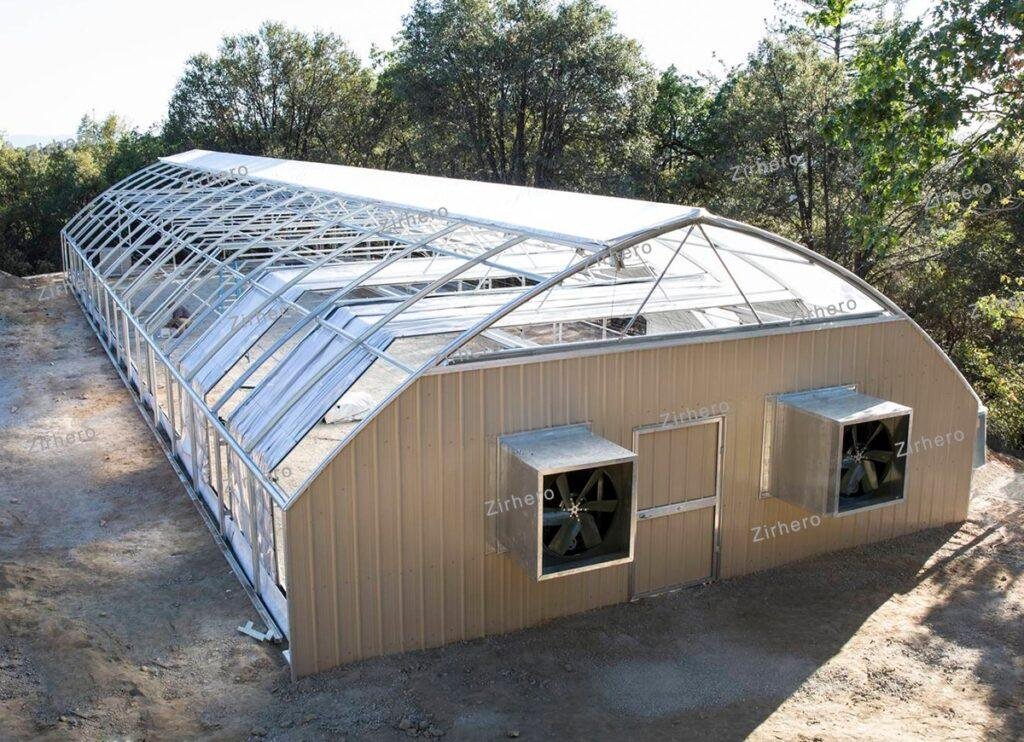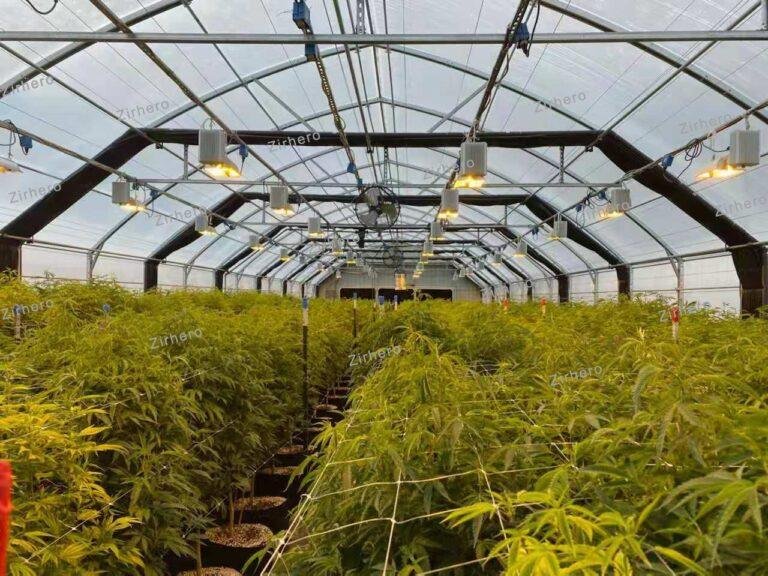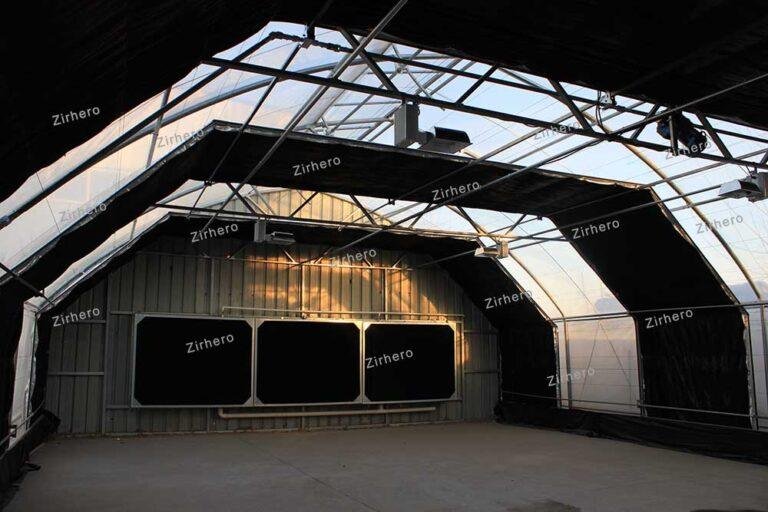Optimizing Cannabis Cultivation: A Complete Guide to Growing Cannabis in a Greenhouse
Optimizing Cannabis Cultivation: A Complete Guide to Growing Cannabis in a Greenhouse
Introduction
Greenhouse cultivation of cannabis combines the benefits of outdoor and indoor growing, offering growers greater control over environmental conditions while utilizing natural sunlight. This method enhances yield, potency, and sustainability. Whether you are a commercial grower or an enthusiast, this guide will provide step-by-step instructions to help you achieve a successful harvest.
1. Choosing the Right Greenhouse
The type of greenhouse you select impacts your cannabis growth. Consider the following options:
- Polycarbonate Greenhouses – Provide excellent insulation and light diffusion.
- Glass Greenhouses – Offer maximum light penetration but require higher maintenance.
- Plastic Tunnel Greenhouses – Cost-effective and suitable for seasonal grows.
Ensure your greenhouse is equipped with proper ventilation, shading, and automation systems for optimal growth.

A Complete Guide to Growing Cannabis in a Greenhouse
Choosing the Right Greenhouse for Cannabis Cultivation
Selecting the right greenhouse is a crucial step in cannabis cultivation. The type of greenhouse you choose will determine your level of control over environmental conditions, energy efficiency, and overall plant health. Below are the key factors to consider when choosing a greenhouse for cannabis cultivation:
1. Types of Greenhouses
A. Polycarbonate Greenhouses

- Excellent light diffusion for even plant growth.
- Strong insulation, helping maintain stable temperatures.
- Durable and resistant to extreme weather conditions.
- More energy-efficient compared to glass.

- More expensive than plastic-covered tunnels.
- May require additional ventilation due to heat retention.
Best for: Year-round growing, cold or unpredictable climates.
B. Glass Greenhouses

- Maximum light penetration (ideal for strong, natural growth).
- Long-lasting and highly durable if maintained properly.
- Professional appearance, often used in large-scale commercial setups.

- Expensive to build and maintain.
- Heavy material, requiring a strong foundation.
- Less insulation compared to polycarbonate, leading to higher heating costs.
Best for: Commercial growers in areas with mild, stable climates.
C. Plastic Film/Polytunnel Greenhouses

- Affordable and easy to set up.
- Provides good protection against wind and rain.
- Suitable for seasonal growing or warm climates.

- Less durable; plastic coverings degrade over time.
- Limited insulation and climate control options.
- May require frequent replacement of plastic film.
Best for: Beginner growers or those in warm regions with low-cost setups.
2. Greenhouse Structure & Frame Materials
The material used for the frame determines the durability and strength of your greenhouse. The three most common materials are:



Recommendation: Aluminum is the best option for long-term cannabis cultivation due to its durability and resistance to corrosion.
3. Ventilation & Climate Control
Good airflow is essential for preventing mold, mildew, and pest infestations. When choosing a greenhouse, ensure it includes:





4. Light Control: Maximizing Sunlight & Light Deprivation
Since cannabis is photoperiod-dependent, light exposure plays a key role in growth. To maximize light control:




5. Heating & Insulation for Year-Round Growing
For growers in colder climates, proper insulation and heating are necessary for winter cultivation.

- Electric or Gas Heaters – Keeps temperatures stable in winter.
- Thermal Mass (Water Barrels or Stone Flooring) – Absorbs heat during the day and releases it at night.
- Infrared Heating Systems – Energy-efficient and effective for greenhouse heating.

- Use double-layered polycarbonate panels for better heat retention.
- Seal any gaps or leaks to prevent cold air from entering.
- Install thermal curtains to trap heat inside during cold nights.
6. Automation & Smart Greenhouses
To optimize growth efficiency, modern greenhouses can integrate smart automation systems that control:




Final Thoughts
Choosing the right greenhouse depends on your budget, climate, and level of control needed. A polycarbonate or glass greenhouse is best for year-round growing, while a plastic tunnel greenhouse is more suitable for seasonal growers. Ventilation, insulation, and automation further enhance productivity, ensuring healthy and high-yielding cannabis plants.
Would you like recommendations for specific greenhouse brands or automation tools?
2. Controlling Temperature and Humidity
Cannabis thrives in temperatures between 70–85°F (21–29°C) during the day and 60–70°F (15–21°C) at night. Ideal humidity levels vary by growth stage:
- Seedlings: 65–70%
- Vegetative stage: 40–60%
- Flowering stage: 40–50%
- Late flowering: 30–40% to prevent mold
Ventilation & Airflow: Use fans, exhaust systems, and intake vents to regulate airflow and prevent heat buildup.
3. Maximizing Light Exposure
While greenhouses utilize natural sunlight, supplemental lighting is essential during shorter daylight months. Consider:
- LED Grow Lights – Energy-efficient and provide full-spectrum light.
- High-Pressure Sodium (HPS) Lights – Ideal for flowering stages due to their high-intensity output.
- Light Deprivation Techniques – Control flowering cycles by using blackout covers to limit light exposure.
4. Selecting the Right Growing Medium
Choose a medium that suits your growing style:
- Soil – Organic and rich in nutrients, but requires amendments.
- Coco Coir – Provides excellent aeration and retains water well.
- Hydroponics – Maximizes nutrient absorption and speeds up growth.
Ensure a balanced pH level (5.8–6.5) for optimal nutrient uptake.
5. Nutrients & Feeding Schedule
Cannabis requires Nitrogen (N), Phosphorus (P), and Potassium (K), with different ratios depending on growth stages:
- Vegetative stage: High Nitrogen, moderate Phosphorus & Potassium (e.g., N-P-K 3-1-2)
- Flowering stage: Lower Nitrogen, higher Phosphorus & Potassium (e.g., N-P-K 1-3-3)
Water plants consistently and flush excess salts every few weeks to prevent nutrient lockout.
6. Pest and Disease Management
Common greenhouse pests include spider mites, aphids, and whiteflies. Prevent infestations by:
- Installing insect netting
- Using neem oil or organic insecticides
- Releasing beneficial insects like ladybugs
Maintain cleanliness and remove any diseased plants immediately to prevent contamination.
7. Harvesting & Curing for Maximum Potency
Harvest when trichomes turn milky white with some amber hues. Follow these steps:
- Drying: Hang trimmed buds in a dark, well-ventilated space at 60°F (15°C) and 50% humidity for 7–14 days.
- Curing: Store dried buds in airtight glass jars, burping them daily for the first two weeks to enhance flavor and potency.
Conclusion
Growing cannabis in a greenhouse allows you to maximize yields while maintaining control over environmental factors. With proper setup, nutrient management, and pest prevention, you can cultivate high-quality cannabis efficiently and sustainably.




